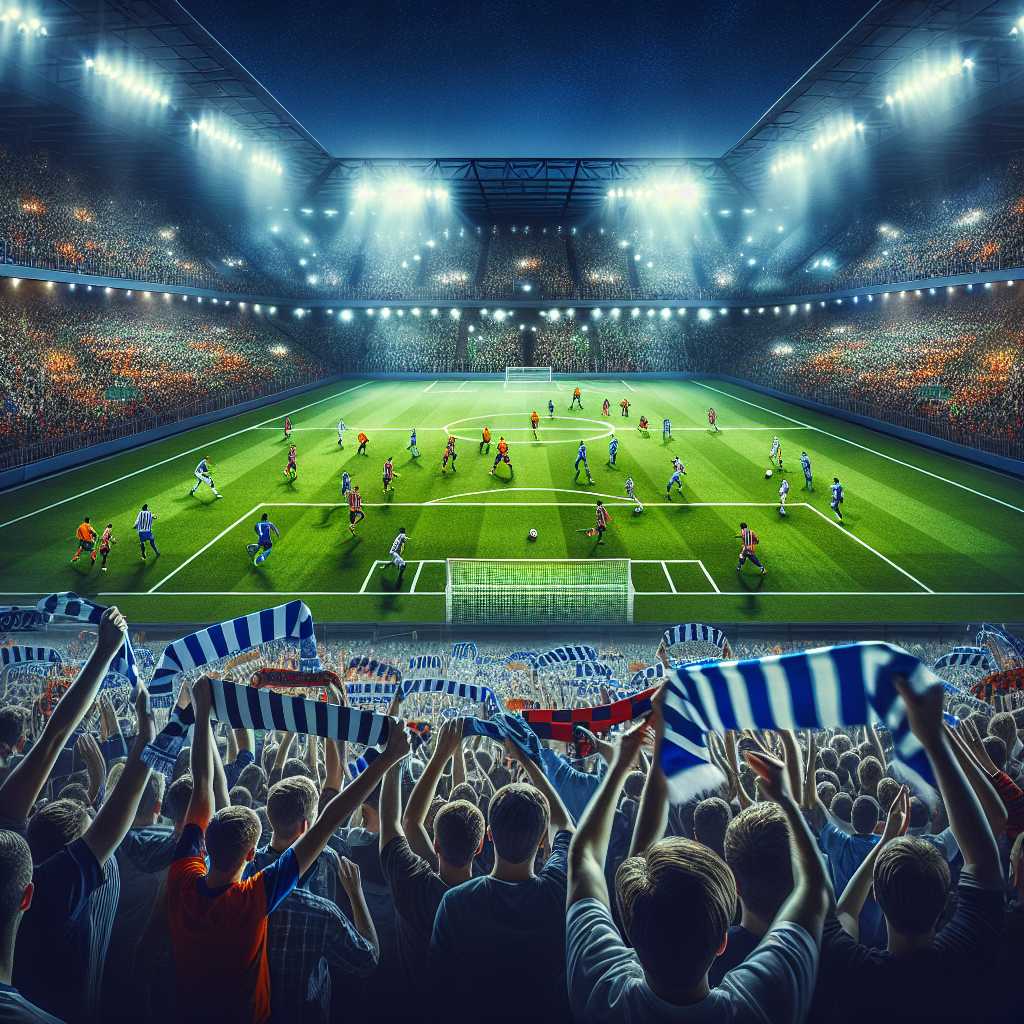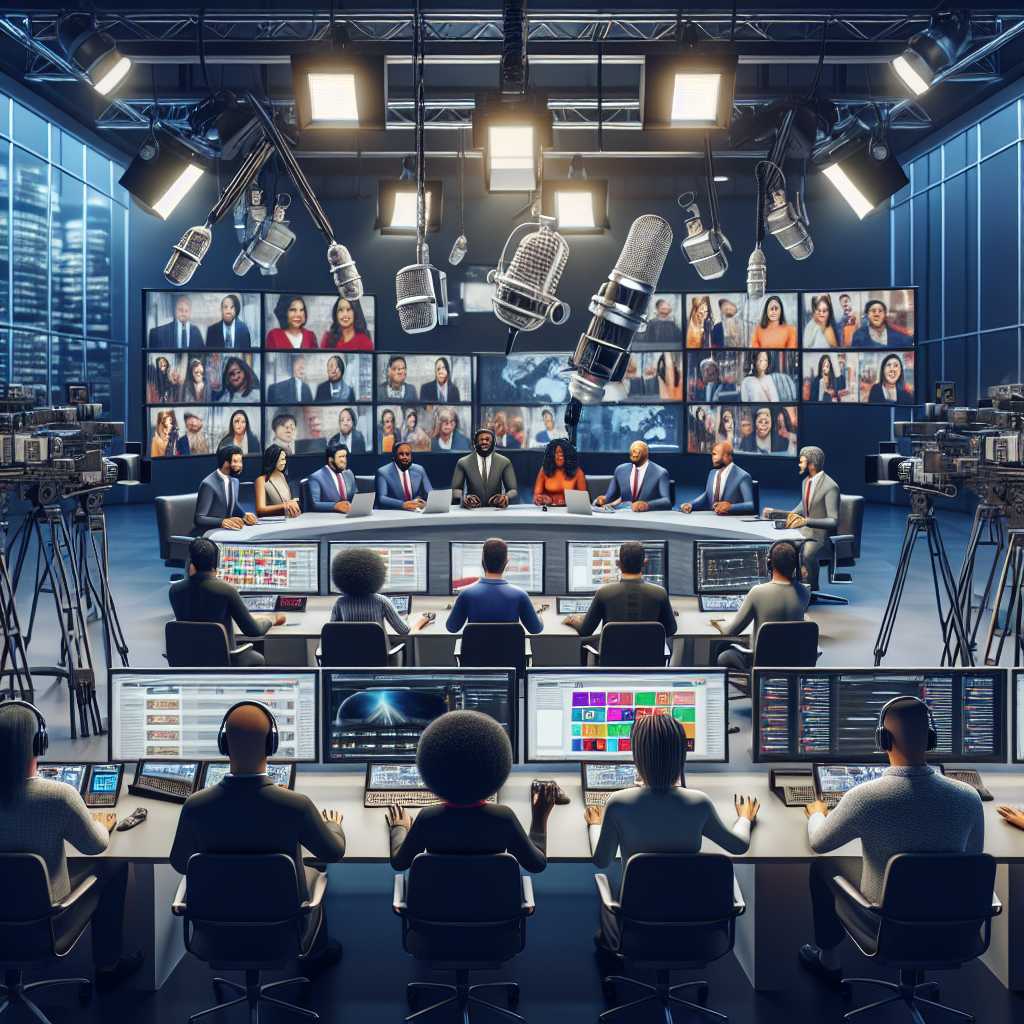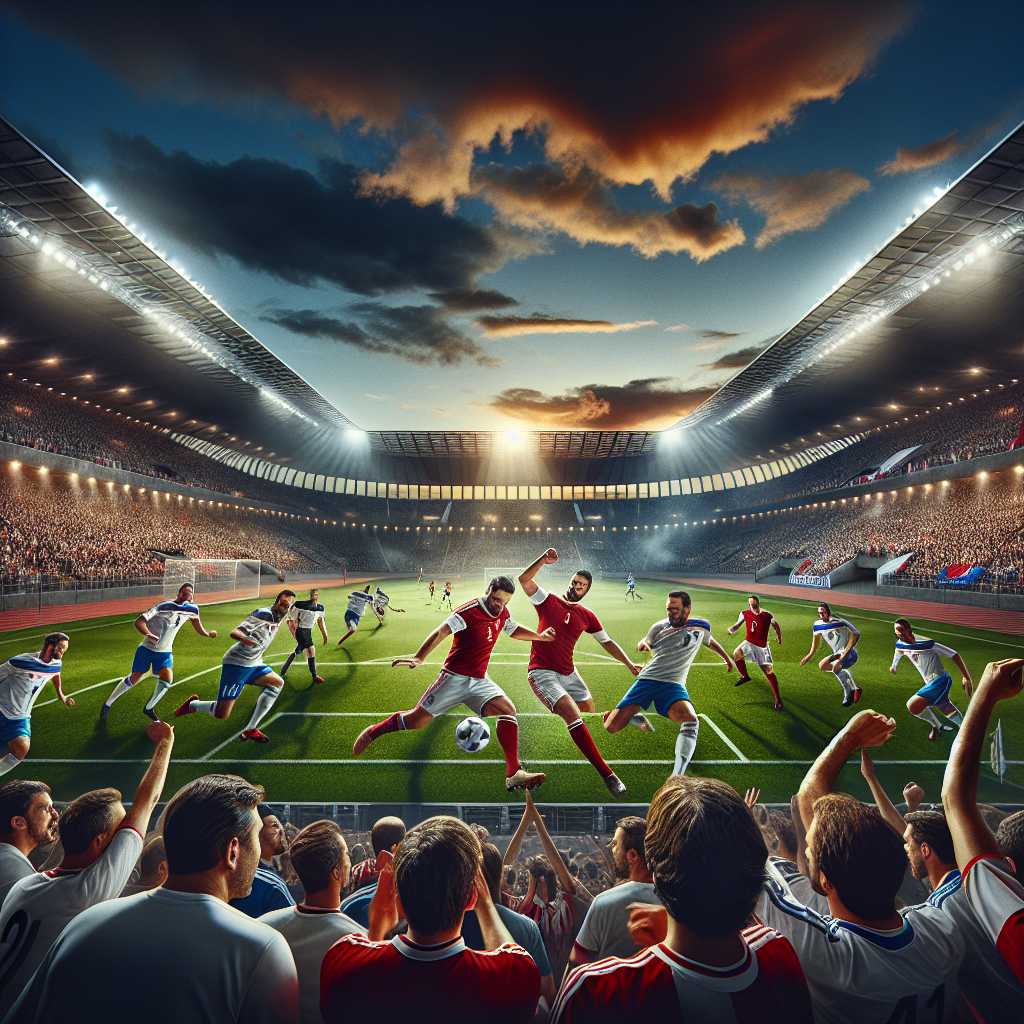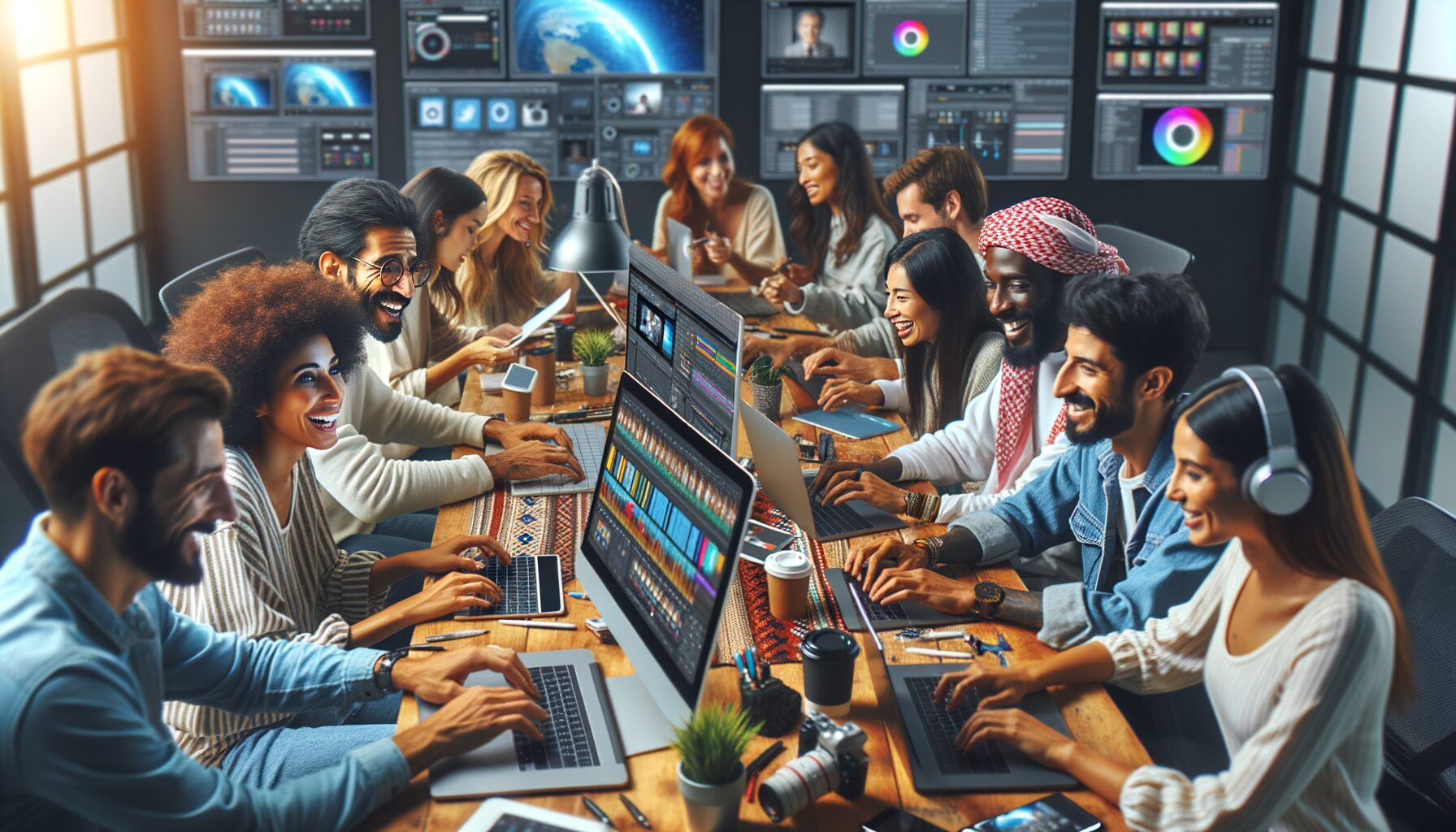The Rise of AI Content in Everyday SEO Practices
In the ever-evolving digital landscape, AI content has swiftly transitioned from a futuristic concept to an integral tool for SEO professionals and marketers. What was once considered experimental is now standard practice, helping businesses stay ahead in competitive search engine rankings. AI-powered content generators can analyse vast amounts of data, identify trending keywords, and even draft engaging articles within minutes, a task that would take human writers significantly longer.
This integration goes beyond just writing; AI assists in optimising meta descriptions, headlines, and even image alt texts, ensuring every piece of content is primed for maximum visibility. Thanks to machine learning algorithms, these tools continuously improve, adapting to changes in search engine algorithms and user behaviour patterns. For SEO specialists, this means having a dynamic ally that can keep pace with the shifting digital terrain.
Perhaps most importantly, AI content tools have become more accessible, embedded into platforms many of us use daily—such as CMS systems like WordPress or e-commerce platforms like Shopify. This accessibility makes it easier for smaller businesses and individual content creators to leverage AI without needing deep technical expertise.
Integrating AI Content Tools with Daily Technology
One fascinating aspect of AI content for SEO is how seamlessly it integrates with the technology many people interact with every day. For instance, digital marketing teams often use project management apps like Asana or Trello, which now offer plugins or integrations with AI writing assistants. These integrations allow teams to generate and edit SEO-optimised content directly within their workflow tools, streamlining the entire process.
Moreover, AI content tools frequently connect with analytics platforms such as Google Analytics or SEMrush. This linkage provides real-time feedback on how generated content is performing, enabling marketers to tweak strategies quickly. It’s a perfect example of how AI doesn’t just create content but also helps refine it based on live data.
On a personal level, many freelancers and small business owners use AI-driven writing assistants via their smartphones or desktops while responding to customer queries or updating blogs. The ability to generate high-quality SEO content on the go means they can maintain an active online presence without dedicating hours solely to writing.
Balancing Human Creativity and AI Efficiency
While AI content generation offers remarkable efficiency and data-driven optimisation, it’s essential to remember that human creativity remains irreplaceable. The best SEO results come from a balanced approach where AI handles repetitive or data-heavy tasks while humans inject personality, nuance, and storytelling into the content.
For example, an AI tool can suggest trending topics or optimise keyword placement, but a human writer will decide the tone that resonates best with the target audience or craft compelling narratives that convert readers into customers. This synergy allows businesses to produce a higher volume of quality content faster than ever before.
Additionally, ethical considerations around transparency and originality are crucial. Businesses should ensure that AI-generated content is reviewed carefully to avoid plagiarism issues and maintain authenticity. Done correctly, AI becomes a powerful collaborator rather than a replacement.
Looking Ahead: The Future of AI Content in SEO
As AI technology continues to evolve rapidly, its role in SEO content creation is set to become even more sophisticated. We can anticipate more advanced natural language processing models capable of understanding context and intent at deeper levels, leading to hyper-personalised content tailored for individual users.
Integration with voice search and smart devices will also expand. Imagine AI-driven SEO content dynamically adapting for voice assistants like Alexa or Google Assistant based on user preferences and local trends. This could revolutionise how brands engage with customers in real time.
Ultimately, businesses that embrace this technological blend early will enjoy a significant competitive advantage. By combining the analytical power of AI with human creativity and strategic oversight, the future of SEO content promises to be smarter, faster, and more effective.
In summary, AI content for SEO isn’t just a tool; it’s becoming a daily companion in the digital marketing toolkit, seamlessly integrated into our technology and workflows.
Notes
- AI-generated content can reduce article drafting time by up to 70%.
- Over 60% of marketers use some form of AI for SEO optimisation.
- By 2026, it’s predicted that over 80% of web content will be influenced by AI tools.
- Integrating AI with analytics platforms improves SEO performance by enabling real-time content adjustments.



























